Blog
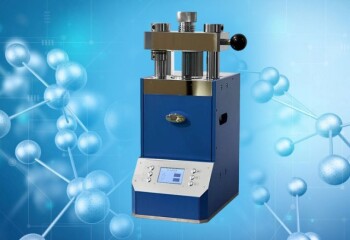
Exploring the Capabilities and Applications of Warm Isostatic Pressing (WIP)
1 year agoDive into the comprehensive guide on Warm Isostatic Pressing (WIP), its technology, applications, and benefits in material processing. Discover how WIP enhances material properties and its role in advanced manufacturing.
Learn More
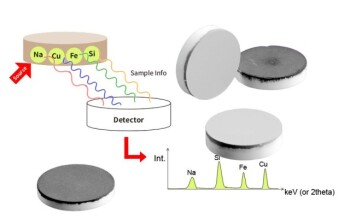
Why Most PELLET PRESS XRF SAMPLE PREPARATION Fail: Common Issues and Solutions
1 year agoDiscover the common pitfalls in PELLET PRESS XRF SAMPLE PREPARATION and learn effective solutions to ensure accurate results. Covers particle size, contamination, binder choice, and more.
Learn More
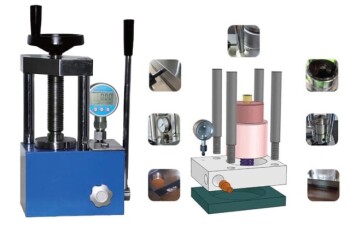
Manual Hydraulic Presses for Laboratory Use: A Comprehensive Guide
1 year agoExplore the intricacies of manual hydraulic presses in labs, including operation, benefits, and comparison with automatic models. Ideal for those seeking detailed insights on sample preparation and cost-effectiveness.
Learn More
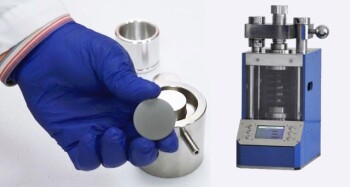
Mastering XRF Sample Preparation: 7 Proven PRESS Strategies for Optimal Results
1 year agoElevate your XRF analysis with 7 advanced PRESS strategies. Learn expert tips for successful XRF pellet pressing, optimal sample preparation, and consistent results.
Learn More

Hydraulic Heated Lab Pellet Press: Comprehensive Guide to Selection and Usage
1 year agoExplore the features and applications of hydraulic heated lab pellet presses. Learn how to choose the right model for your research needs and maximize efficiency in material science labs.
Learn More

Comprehensive Guide to Integrated Manual Heated Lab Pellet Presses
1 year agoExplore the features and applications of integrated manual heated lab pellet presses. Learn about customization options, capacities, and benefits for spectroscopy and analysis.
Learn More
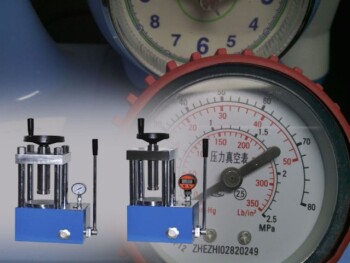
Manual Pellet Press: A Comprehensive Guide to Efficient Lab Pelletizing
1 year agoExplore the intricacies of manual pellet presses, including operation, safety, and maintenance tips. Learn how to choose the right press, understand force gauges, and optimize pellet quality for your lab experiments.
Learn More

Hydraulic Tablet Press: Comprehensive Guide to Design, Operation, and Applications
1 year agoExplore the advanced features, operational principles, and diverse applications of hydraulic tablet presses in various industries. Learn how these machines ensure high-quality tablet production with detailed insights.
Learn More
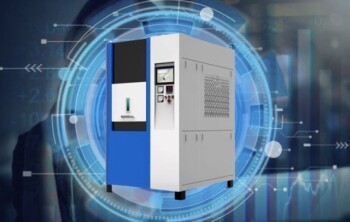
Comprehensive Guide to Spark Plasma Sintering Furnaces: Applications, Features, and Benefits
1 year agoExplore the advanced features and applications of Spark Plasma Sintering Furnaces (SPS) in material science. Learn how SPS technology offers rapid, efficient, and versatile sintering for various materials.
Learn More
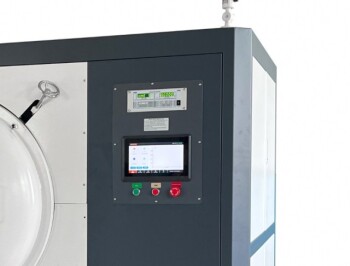
Molybdenum Vacuum Furnace: High-Temperature Sintering and Advanced Applications
1 year agoExplore the advanced features and applications of molybdenum vacuum furnaces in high-temperature sintering and material treatment. Learn about their construction, control systems, and maintenance tips.
Learn More
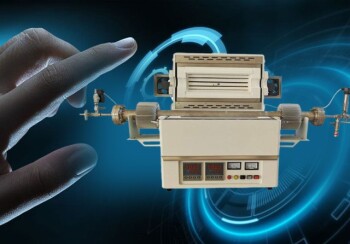
Ultimate Guide to High Pressure Tube Furnaces: Applications, Types, and Benefits
1 year agoExplore the comprehensive guide to high pressure tube furnaces, including their applications in materials science, types such as horizontal and vertical, and key benefits for precise high-temperature processes.
Learn More
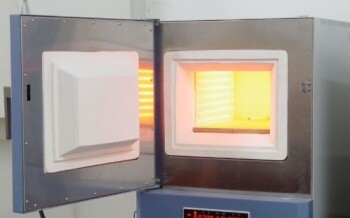
Comprehensive Guide to Muffle Furnaces: Types, Uses, and Maintenance
1 year agoExplore the world of muffle furnaces with our detailed guide. Learn about their types, applications in various industries, and essential maintenance tips to ensure optimal performance.
Learn More
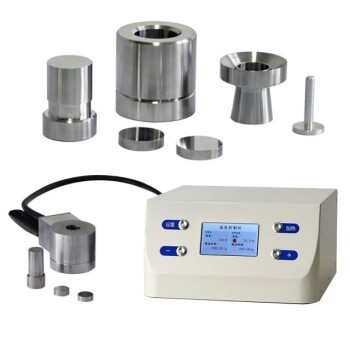
Comprehensive Guide to Metal Mold Pressing: Techniques, Equipment, and Applications
1 year agoExplore the detailed process of metal mold pressing, including equipment, techniques, and applications. Learn how hydraulic presses shape materials like metal and rubber efficiently.
Learn More
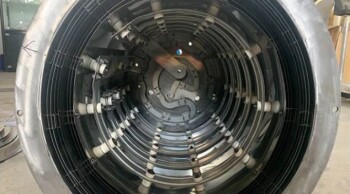
Molybdenum Vacuum Furnace: High-Temperature Sintering and Heat Treatment
1 year agoExplore the advanced features and applications of molybdenum vacuum furnaces in high-temperature sintering and heat treatment. Learn about their construction, control systems, and maintenance tips.
Learn More
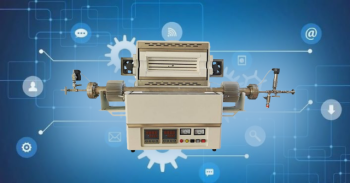
High Pressure Tube Furnace: Applications, Safety, and Maintenance
1 year agoExplore the advanced applications, safety measures, and maintenance tips for high pressure tube furnaces. Learn how these furnaces are used in various high-temperature processes and ensure optimal performance and safety.
Learn More
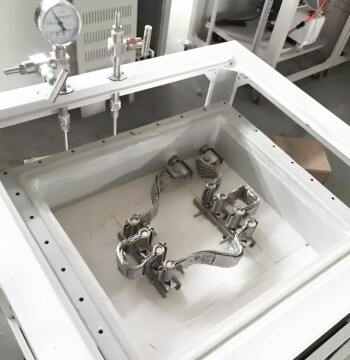
Controlled Atmosphere Furnace: Comprehensive Guide to Advanced Heat Treatment
1 year agoExplore the advanced features and applications of controlled atmosphere furnaces in heat treatment processes. Learn about key components, operational techniques, and benefits for precise material processing.
Learn More

Atmosphere Furnaces: Comprehensive Guide to Controlled Heat Treatment
1 year agoExplore the advanced world of atmosphere furnaces with our detailed guide. Learn about their operation, applications, and benefits in various industries. Perfect for those seeking in-depth knowledge on controlled heat treatment.
Learn More
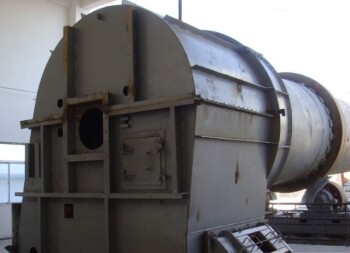
Electric Rotary Kiln Pyrolysis Furnace: Design, Operation, and Applications
1 year agoExplore the comprehensive guide on electric rotary kiln pyrolysis furnaces, including their design, operation, efficiency factors, and diverse applications in industries like waste processing and biofuel production.
Learn More
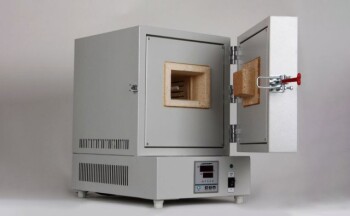
Comprehensive Guide to Muffle Furnaces: Applications, Types, and Maintenance
1 year agoExplore the world of muffle furnaces with our detailed guide. Learn about their applications in various industries, types available, and essential maintenance tips to ensure optimal performance.
Learn More

Exploring the Multifunctional Electrolytic Cell Water Bath: Applications and Benefits
1 year agoDiscover the versatile applications of multifunctional electrolytic cell water baths in various industries. Learn about their benefits, components, and how they facilitate chemical reactions and temperature control.
Learn More

Comprehensive Guide to Reference Electrodes: Types, Applications, and Selection Criteria
1 year agoExplore the world of reference electrodes with our detailed guide. Learn about different types, their applications, and how to select the right one for your needs. Ideal for researchers and lab technicians.
Learn More

Exploring the Advanced Capabilities of Spark Plasma Sintering (SPS) Furnaces
1 year agoDive into the world of Spark Plasma Sintering (SPS) furnaces, their innovative technology, and applications in material science. Learn how SPS furnaces revolutionize the sintering process with high-speed, efficiency, and precision.
Learn More

Comprehensive Guide to Atmosphere Furnaces: Types, Applications, and Benefits
1 year agoExplore the world of atmosphere furnaces with our detailed guide. Learn about their types, applications in metallurgy and beyond, and the benefits they offer for precise material heat treatment.
Learn More

Understanding Saturated Calomel Reference Electrodes: Composition, Uses, and Considerations
1 year agoExplore the detailed guide on saturated calomel reference electrodes, including their composition, advantages, disadvantages, and applications. Ideal for researchers and lab technicians.
Learn More

Exploring Spark Plasma Sintering Furnace (SPS): Technology, Applications, and Advantages
1 year agoDive into the comprehensive guide on Spark Plasma Sintering Furnace (SPS), covering its technology, applications in materials science, and significant advantages over traditional sintering methods.
Learn More

Hydrogen Atmosphere Furnaces: Applications, Safety, and Maintenance
1 year agoExplore the comprehensive guide on hydrogen atmosphere furnaces, including their applications in high-end alloy sintering, safety measures, and maintenance tips. Learn about the types, components, and operational considerations for optimal performance.
Learn More

Advanced Techniques in Coating Evaluation Using Electrolytic Cells
1 year agoExplore the comprehensive guide on coating evaluation using electrolytic cells, covering electroplating, sol-gel methods, and wet chemical techniques. Enhance your understanding of metal coating properties and applications.
Learn More
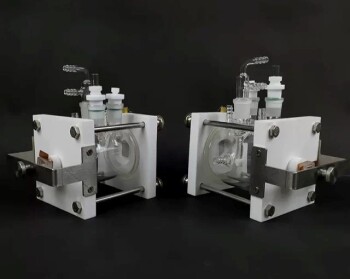
Understanding Flat Corrosion Electrolytic Cells: Applications, Mechanisms, and Prevention Techniques
1 year agoExplore the detailed workings of flat corrosion electrolytic cells, their role in industrial processes, and effective strategies to mitigate corrosion. Learn about electrolytic cells, their components, and applications in electroplating and metal purification.
Learn More
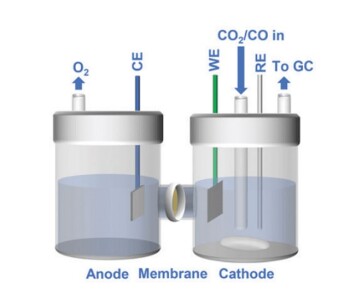
Understanding Quartz Electrolytic Cells: Applications, Mechanisms, and Advantages
1 year agoExplore the detailed workings, applications, and benefits of quartz electrolytic cells in various industries. Learn how these cells facilitate precise chemical reactions and their role in high-purity metal production.
Learn More
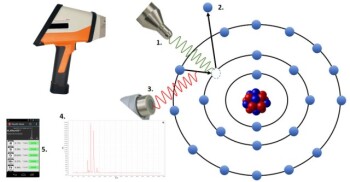
Comprehensive Guide to Handheld XRF Analyzers: Applications, Best Practices, and Selection Tips
1 year agoExplore the versatile applications, best practices, and selection criteria for handheld XRF analyzers. Learn how these portable devices enhance efficiency and accuracy in various industries.
Learn More